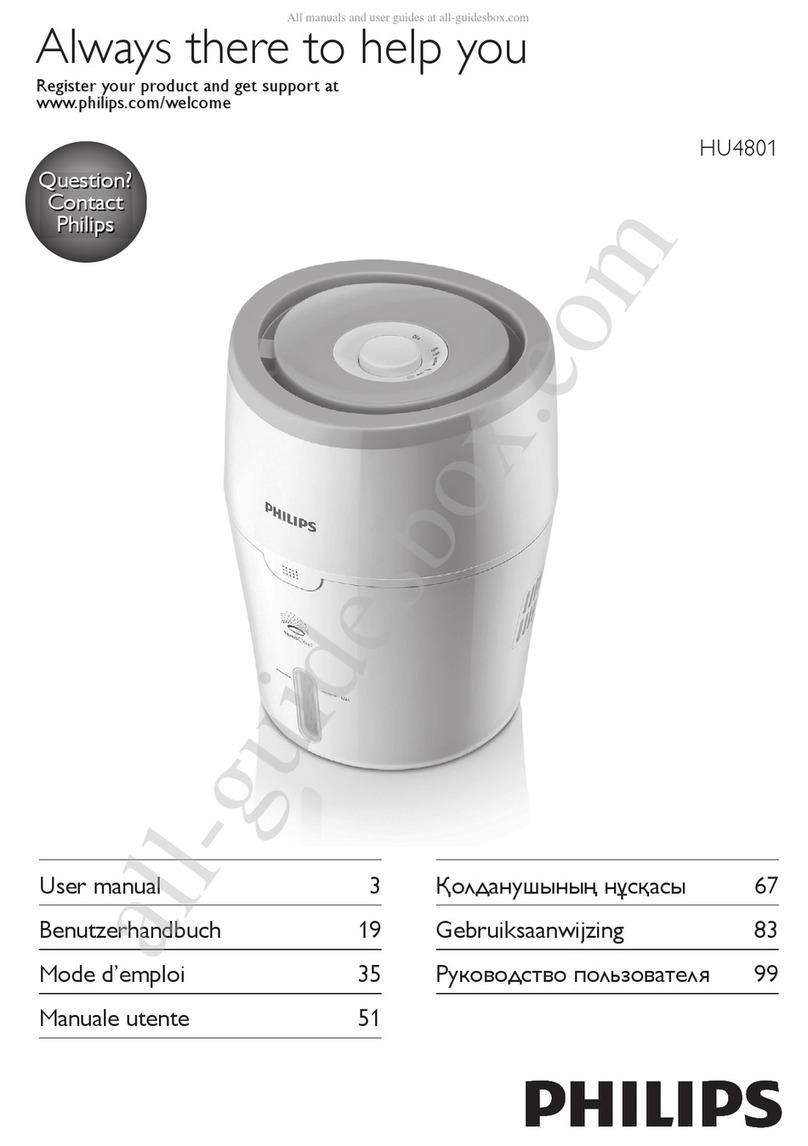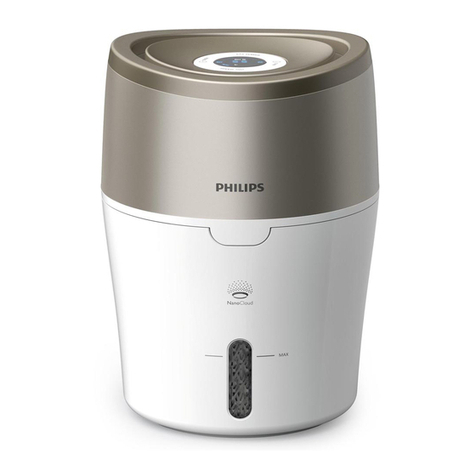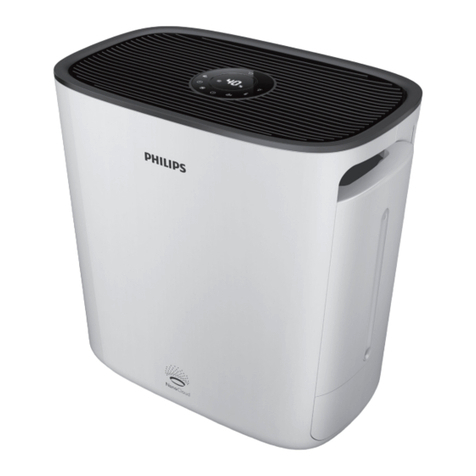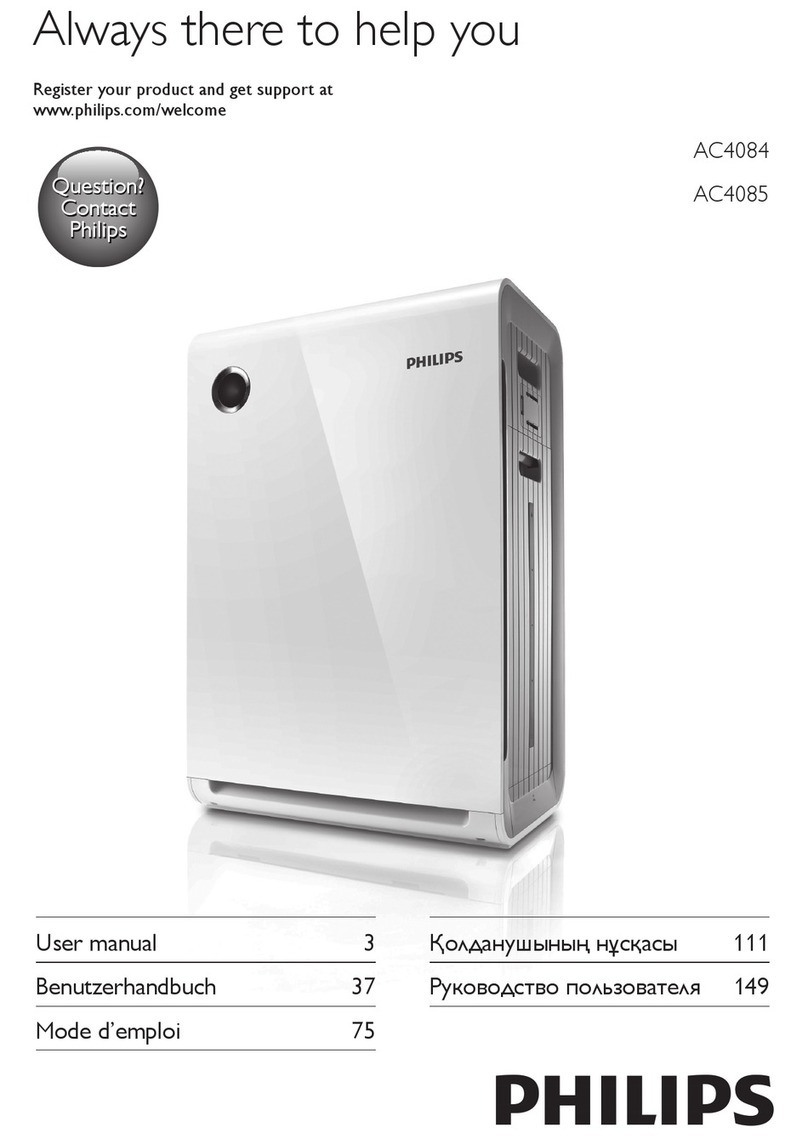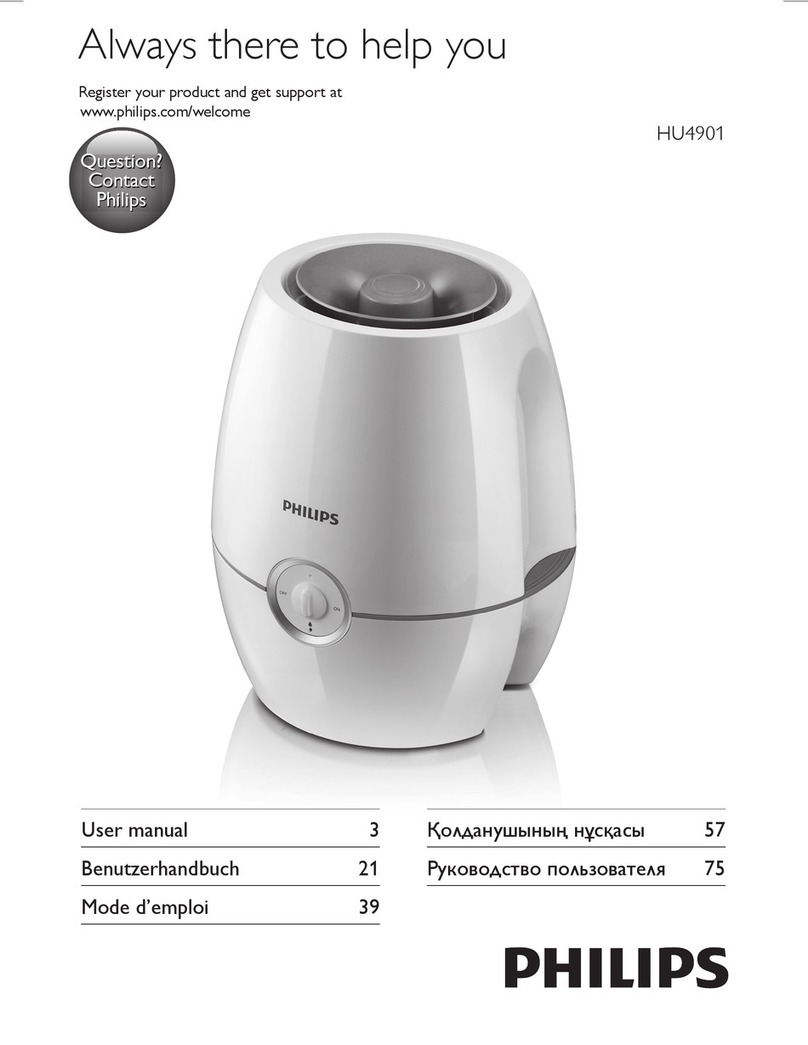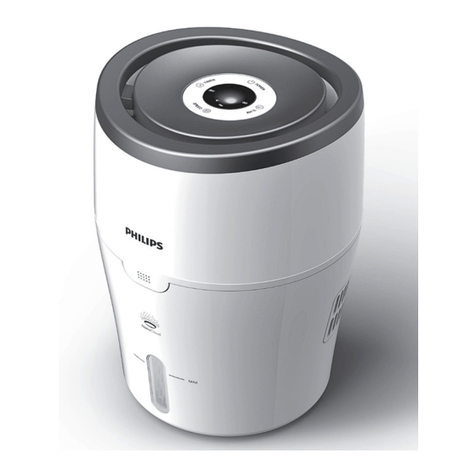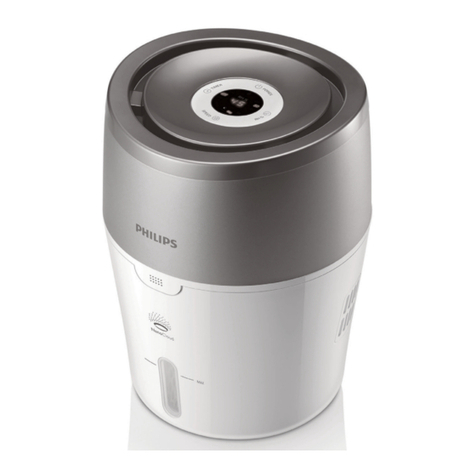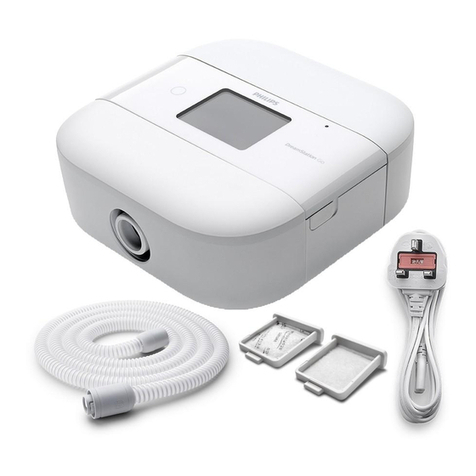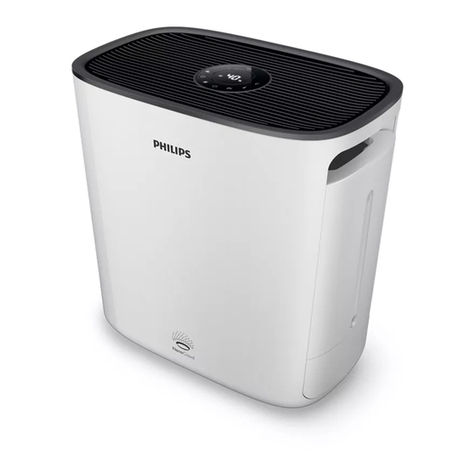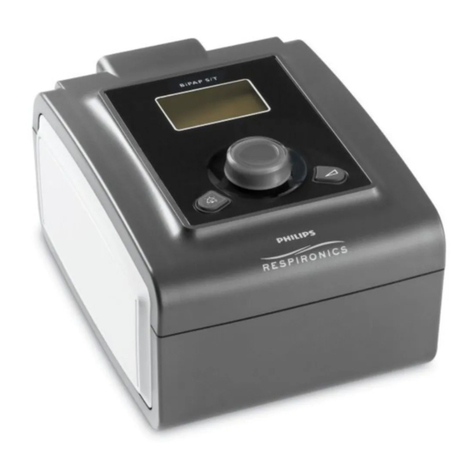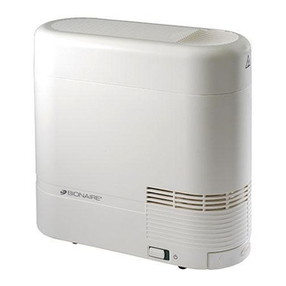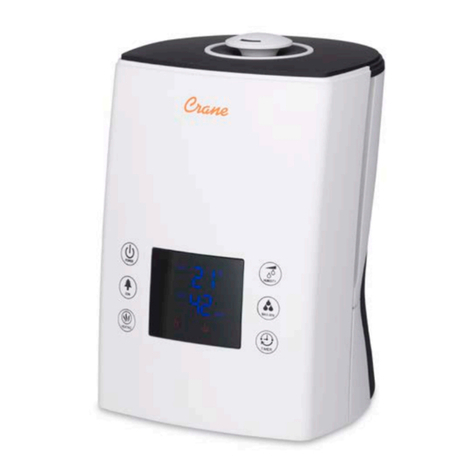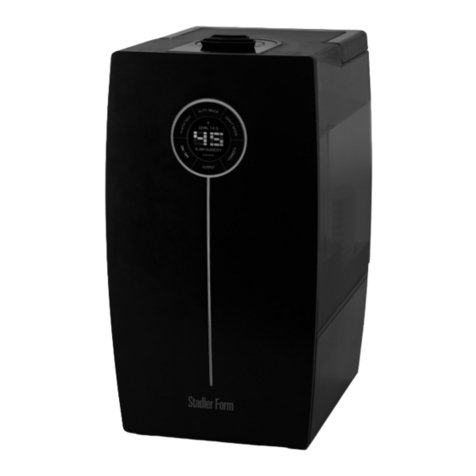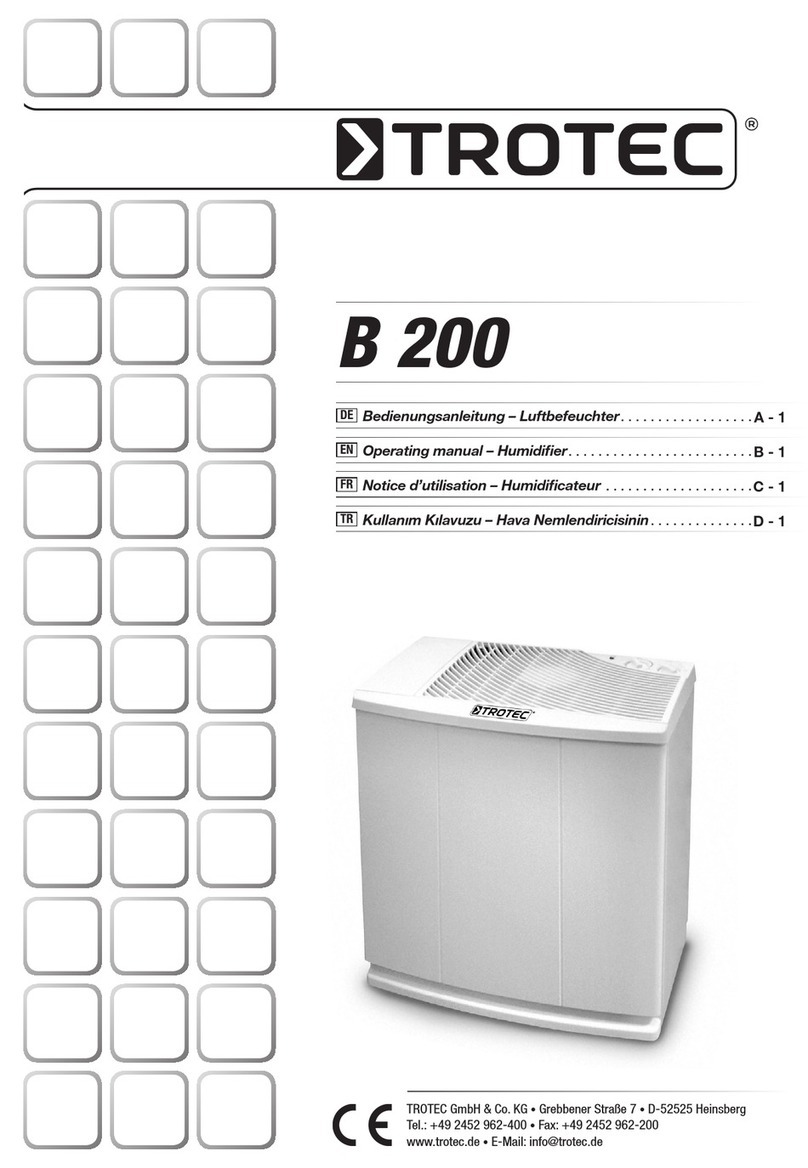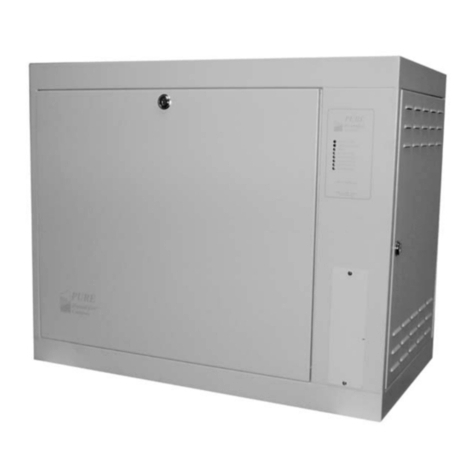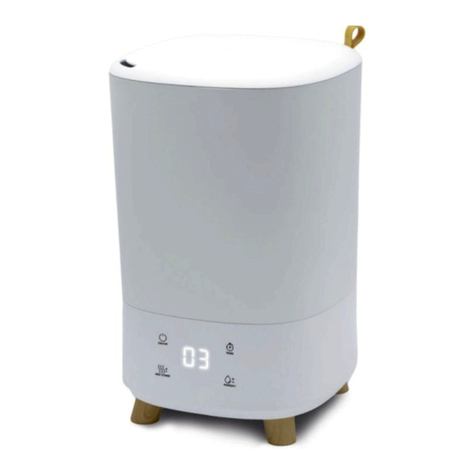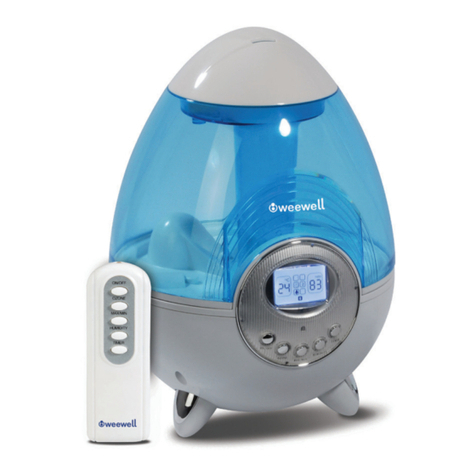4 | Provider guide
DreamStation BiPAP autoSV
Icon Text Description
Tube
Temperature
This setting allows you to choose the desired temperature for the
heated tube: 0, 1, 2, 3, 4 or 5.
SmartRamp When SmartRamp mode is enabled, the therapy device’s ramp function
utilizes an auto-titrating algorithm during the ramp period. It allows
patients the ability to stay at lower pressures during the ramp period,
to improve their acclimation to therapy.
SmartRamp mode functions dierently, depending on the therapy
mode that the device is using.
The SmartRamp period will terminate in either of two ways:
1) If SmartRamp pressure reaches the minimum pressure of the therapy
mode selected, then SmartRamp ends, and the device continues to
deliver therapy under the selected therapy mode, or:
2) If SmartRamp pressure does not reach the minimum pressure of the
therapy mode selected by the end of the Ramp Time, then pressure
is increased at a rate of approximately 1 cmH2O per minute. Once the
pressure reaches the minimum pressure of the therapy mode selected,
then the device will continue to deliver therapy for that mode.
If SmartRamp mode is not enabled, then the standard, linear pressure
ramp mode is active.
Ramp Time This enables you to modify the Ramp time setting in 5 minute
increments. The range for this setting is 0 (o) to 45 minutes.
Ramp Start You can increase or decrease the ramp starting pressure in 0.5 cmH2O
increments. You may adjust the setting from 4 cmH2O to the EPAP min
setting.
Flex This screen displays the comfort mode setting. You can select None or
Bi-Flex.
Flex Setting You can modify the Flex setting (1, 2 or 3) on this screen if you enabled
Bi-Flex. The Bi-Flex comfort feature allows you to adjust the level of
air pressure relief that the patient feels when exhaling during therapy.
The setting of 1 provides a small amount of pressure relief, with higher
numbers providing additional relief.
Flex Lock This enables you to lock the Flex setting if you do not want the patient
to change it.
Rise Time Rise time is the time it takes for the device to change from the
expiratory pressure setting to the inspiratory pressure setting. This
screen allows you to adjust the rise time so you can nd the desired
setting. A setting of 1 is the fastest rise time, while 6 is the slowest. This
is only available if Flex type is set to None and PS max is greater than
zero.
